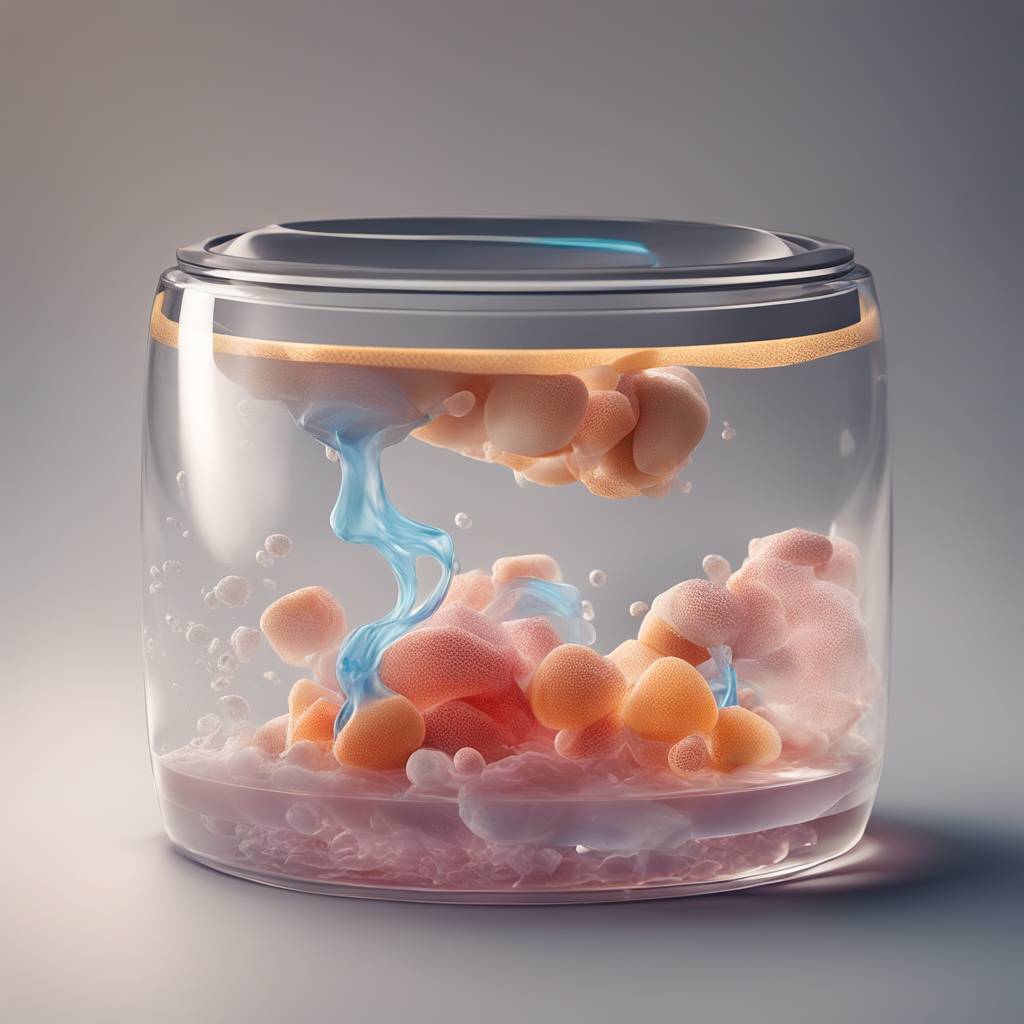University of Montana researchers, led by biology professor Mark Grimes, have developed a new method for generating human cartilage of the head and neck. By inducing stem cells to become the cell type that normally makes up human craniofacial cartilage, the researchers have made significant progress in addressing the critical unmet need for new methods to regenerate human cartilage for the thousands of children born annually in the U.S. with craniofacial defects. The team focused on neural crest cells, which normally give rise to this type of cartilage, and found a novel method for generating craniofacial organoids from these cells.
Organoids are simplified, miniature versions of an organ that mimic the architecture and gene expression of the organ. Grimes explained that these organoids are a good model for studying certain human tissues in ways that are not possible using tissue from human beings. By studying gene expression data at the RNA and protein level, the researchers were able to reveal how cartilage cells arise from stem cells and communicate in the early stages to become elastic cartilage, such as that found in human ears. This knowledge is crucial for developing effective treatments to repair craniofacial cartilage damage due to injuries.
The team utilized extensive analysis of biological markers and machine-learning pattern-recognition techniques to understand the cell signaling pathways involved in the differentiation of cells into cartilage. Grimes emphasized the importance of understanding the human-specific differentiation mechanisms in order to use patient-derived stem cells to generate craniofacial cartilage in the laboratory for transplantation. This research could potentially lead to a protocol for craniofacial cartilage generation using human stem cells, offering new possibilities for reconstructing natural features like ears, noses, and larynxes.
Current plastic surgery techniques struggle to reconstruct natural features such as ears, noses, or larynxes, and transplanted tissue is often rejected without the use of immunosuppressants. By developing a better understanding of the differentiation mechanisms involved in generating craniofacial cartilage from stem cells, the researchers hope to address this challenge and pave the way for more effective treatments. The study was published in the journal iScience and involved collaboration between University of Montana researchers, including Lauren Foltz, Nagashree Avabhrath, and Jean-Marc Lanchy, as well as partners from Pathology Consultants of Western Montana and Cell Signaling Technology of Danvers, Massachusetts.
In conclusion, the discovery of a new method for generating human craniofacial cartilage from stem cells represents a significant advancement in the field of regenerative medicine. By studying neural crest cells and employing innovative techniques to understand the differentiation mechanisms involved in cartilage formation, the researchers have laid the groundwork for potential future treatments for craniofacial defects and injuries. This research offers hope for the thousands of children born annually in the U.S. with craniofacial defects and opens up new possibilities for reconstructive surgery without the need for immunosuppressants. The collaboration between University of Montana researchers and their partners has led to a promising development in the quest for effective cartilage regeneration methods.













